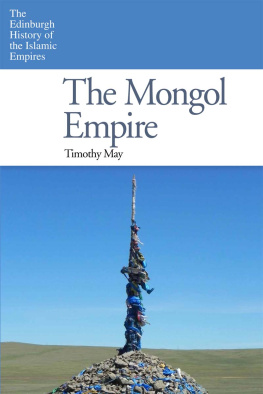
First published in Great Britain in 2007 by
Pen & Sword Military
an imprint of
Pen & Sword Books Ltd
47 Church Street
Barnsley
South Yorkshire
S70 2AS
Copyright Timothy May 2007
ISBN 1-84415-476-9
ISBN 978-1-84415-476-0
eISBN 9781844683673
The right of Timothy May to be identified as Author of this Work has been asserted by him in accordance with the Copyright, Designs and Patents Act 1988.
A CIP catalogue record for this book is
available from the British Library
All rights reserved. No part of this book may be reproduced or transmitted in any form or by any means, electronic or mechanical including photocopying, recording or by any information storage and retrieval system, without permission from the Publisher in writing.
Typeset in 11/13 Ehrhardt by Concept, Huddersfield, West Yorkshire Printed and bound in England by Biddles Ltd
Pen & Sword Books Ltd incorporates the imprints of Pen & Sword Aviation,
Pen & Sword Maritime, Pen & Sword Military, Wharncliffe Local History,
Pen & Sword Select, Pen & Sword Military Classics and Leo Cooper.
For a complete list of Pen & Sword titles please contact
PEN & SWORD BOOKS LIMITED
47 Church Street, Barnsley, South Yorkshire, S70 2AS, England
E-mail: enquiries@pen-and-sword.co.uk
Website: www.pen-and-sword.co.uk

Contents

The Mongolian steppes in winter when the temperature averages -20 Celsius (-4 Fahrenheit) but may drop to -50 Celsius (-58 Fahrenheit).

The Mongolian steppes in summer. With the endless sky, there is little wonder why the Mongols worshipped Mngke Kke Tengri, or the Eternal Blue Sky.

Mongolian re-enactors of a jaghun. An arban or unit of ten comprises each file, marked by a banner.
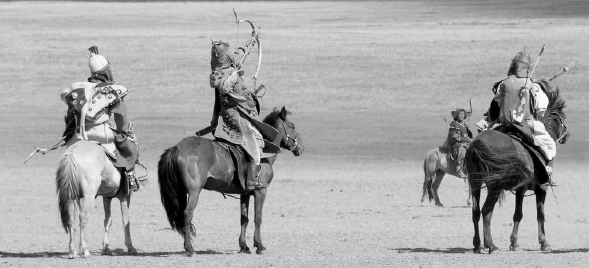
Soldiers engaged in an archery contest.
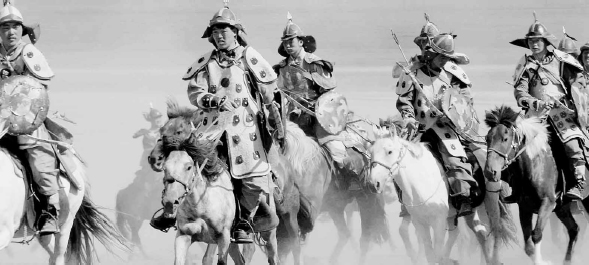
Mongolian soldiers re-enact a cavalry charge.

Mongolian soldiers re-enact the advance of a Mongol jaghun unit. In the center is the black tuq or standard indicating a period of war. A white tuq was used in times of peace.
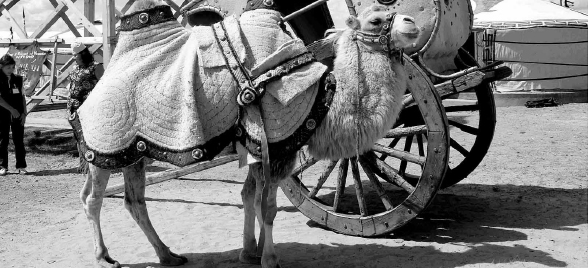
The beast of burden for the Mongols, the Bactrian camel is able to carry approximately 200-240 kilograms as a pack animal and pull 400-600 kilograms as a draught animal.
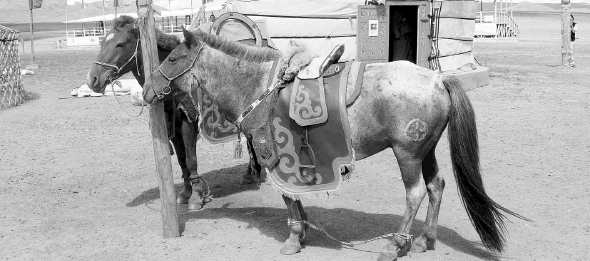
Each yam station maintained several horses for messengers. The modern Mongolian horses are of similar size and proportion to those used in the thirteenth century.

Mongol leather armor, over a felt deel or degel, the traditional Mongol robe. Note the large metal disc over the chest to enhance its protection.

Thirteenth-century Mongolian boots. The torn section reveals that the boots were lined with scale mail. National History Museum, Ulaanbaatar.

Mongolian fourteenth-century chainmail at the National History Museum, Ulaanbaatar.
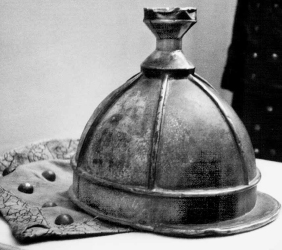
A Mongolian helmet at the National History Museum, Ulaanbaatar. The leather flap not only protected the neck, but could be fastened in the front to shield the face from dust.

A selection of the arrowheads used by the Mongols.
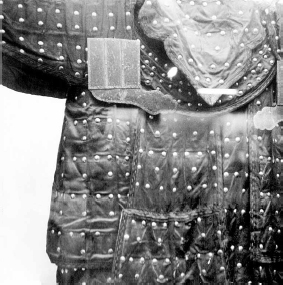
Close up of the Mongol leather studded armor from the Mongolian National Museum of History located in Ulaanbaatar.

Ajlun castle. The position of the castle made attacks near impossible beyond frontal assaults.
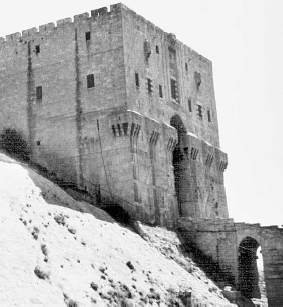
These are walls and entrance to the citadel of Aleppo. In 1259 the city fell after a five-day siege. The Mongols massed 20 catapults against the Bab al-Iraq (The Iraq Gate) and stormed the city despite a valiant defense led by Turanshah, the governor of the city.
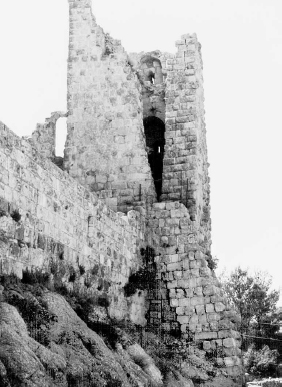
A castle in northern Jordan. Hlegs general Ket-Buqa captured it through diplomacy as it is rather unassailable. The castle surrendered in 1260 on the orders of King al-Nasir, ruler of Damascus, who had recently been captured by the Mongols at Nablus. The Mongols dismantled most of the fortifications.
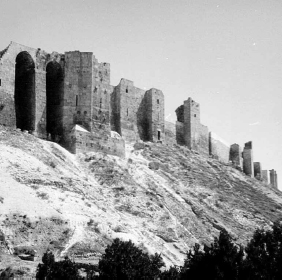
Aleppo citadel. Despite the impressive fortifications, the citadel still fell to a Mongol assault.

Letter from Guyuk to Pope Urban IV. It tells the Pope to come before the Mongol khan with the princes of Europe and submit or face the consequences. Located in National History Museum in Ulaanbaatar.

The gerege or paiza was a passport travellers using the yam system carried. The material used, gold, silver, bronze, and wood, indicated the importance and privileges of the bearer.
Next page
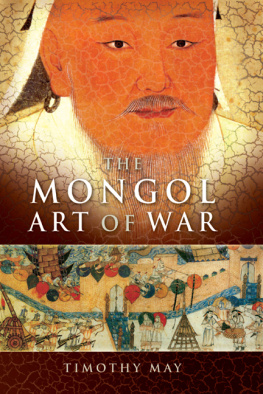
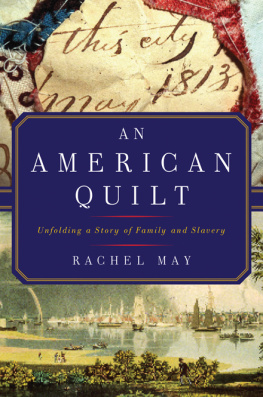






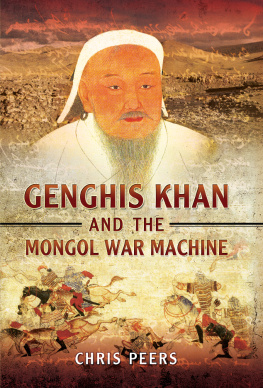

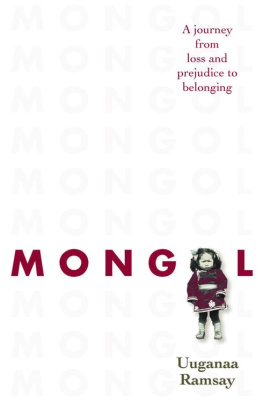
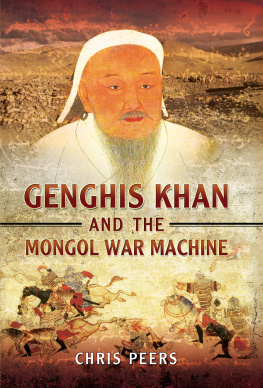
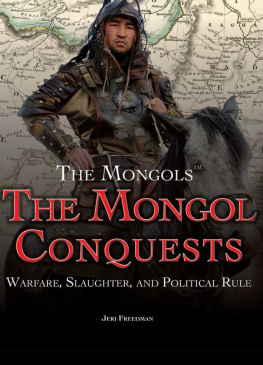

![Timothy May - The Mongol Empire [2 Volumes]: A Historical Encyclopedia](/uploads/posts/book/143064/thumbs/timothy-may-the-mongol-empire-2-volumes-a.jpg)

